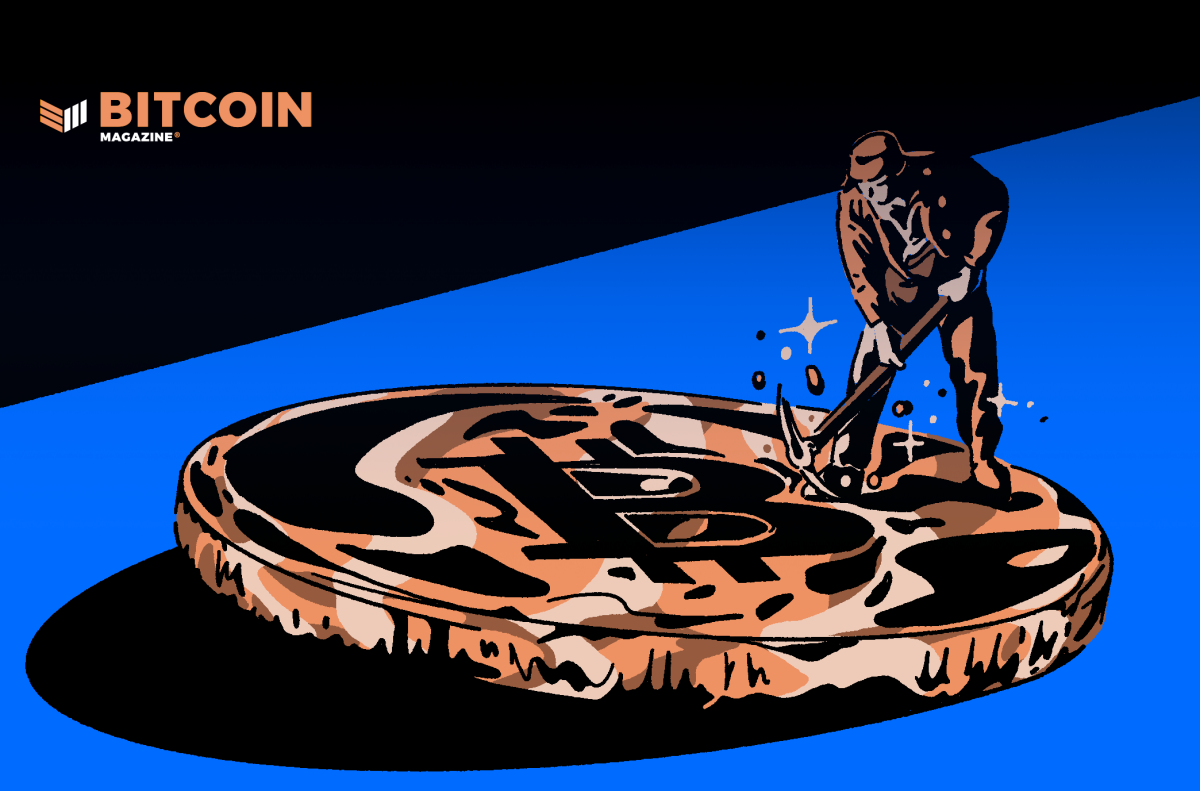
(Failure to liquidate the insolvent banksters has led to the liquidation of a large part of the productive economy.
A taxpayer financed bailout of rich folks' bad speculative bets has resulted in zombie banks and zombie customers... a fiscal tide that lifts no boats.
There are two Americas, if you answer that statement with a question you have already answered the question.
Without prudent regulation Marx, not Groucho, was prescient. -AM)
By MEREDITH WHITNEY
Wall Street Journal
October 2
Anyone counting on a meaningful economic recovery will be greatly disappointed.
How do I know? I follow credit, and credit is contracting. Access to credit is being denied at an accelerating pace. Large, well-capitalized companies have no problem finding credit. Small businesses, on the other hand, have never had a harder time getting a loan.
Since the onset of the credit crisis over two years ago, available credit to small businesses and consumers has contracted by trillions of dollars, and that phenomenon is reflected in dismal consumer spending trends. Equally worrisome are the trends in small-business credit, which has contracted at one of the fastest paces of any lending category. Small business loans are hard to find, and credit-card lines (a critical funding source to small businesses) have been cut by 25% since last year.
Unfortunately for small businesses, credit-line cuts are only about half way through. Home equity loans, also historically a key funding source for start-up small businesses, are not a source of liquidity anymore because more than 32% of U.S. homes are worth less than their mortgages.
Why do small businesses matter so much? In the U.S., small businesses employ 50% of the country's workforce and contribute 38% of GDP.
(And thanks to the BLS Birth Death Model have added 3 million imaginary jobs during this recession netting out the bar (~1M) benchmark revision just announced. Mistakes were made. -AM)
Small businesses primarily fund themselves through credit cards and loans from local lenders. In the past two years, credit-card lines have been cut by over $1.25 trillion. During the same time, 10% of all credit-card accounts have been cancelled. According to the most recent Federal Reserve data, small business lending is down 3%, or $113 billion, from fourth-quarter 2008 peak levels—the first contraction since 1993. Credit cards are the most common source of liquidity to small businesses, used by 82% as a vital portion of their overall funding. Thus, it is of merit when 79% of small businesses surveyed tell the Small Business Association that credit-card lending standards have tightened drastically and their access to credit lines has decreased materially.
I believe that we are only in the early stages of the second half of this credit cycle. I expect another $1.5 trillion of credit-card lines to be removed from the system by the end of 2010.
The next phase will likely be credit-line cuts as lenders race to pre-emptively protect themselves from regulatory changes associated with the Credit Card Accountability, Responsibility and Disclosure Act, passed in May of this year, and the 2008 Unfair and Deceptive Acts and Practices Act.
(It is rather stunning the blase attitude with which the bullisht crowd shrugs off the recent employment report. Like Sauls from Tarsus struck by the bolt, these Pauls now all stand with beige book extended to Chairman Ben with ideological rigidity that fundamentals do not matter as long as the money is easy and free.
Unfortunately, in the long term, the standard caveats apply as well as the odds favoring them, no chance of fail just a question of scale, but early is the new wrong nowadays.
It is a consumer in debt stupid, can't find the flippin' metric in your stimulation simulation model? - then just set the model back a few years. Is it a coincidence that the further back you go towards the 30s the more empirical evidence shows that deflation can occur with well-anchored inflation expectations?
The reason why? Jobs.Jobs.Jobs.Jobs.Jobs.Jobs.Jobs.Jobs.Jobs.Jobs.Jobs.Jobs.
And here is the damn ironic part. Mr. Market pre-calculating that it is 'a zip-a-dee-doo-dah and blue skies recovery Mr. Grant' has created the expectation that it is a right-side-up V. To hit that earnings growth with declining top-line revenue forces additional labor liquidation.
The consumer in debt that has been laid off or has taken a pay cut (50% of households)or, per the precedent data point, his next-door neighbor perpetuates this falling revenue.
When Goldie took Trader Hank aside during one long weekend to inform him that AIG was systemic, it was clear that a tough hard decision had to be made to liquidate in order to forgive past debts ... unfortunately it turned out to be a bankster jubilee.-AM)
Honest Abe at Barron's:
Comes now the preliminary revision of the March 2009 benchmark, and it turns out that, in fact, courtesy of the birth/death model, that month's payrolls were overstated by a mere 824,000. As Philippa Dunne and Doug Henwood, proprietors of the Liscio Report note, since job losses in the first quarter of this year were already reported at 2.1 million, "adding the better part of a million to that suggests a truly savage bloodletting in early 2009."
They also point out that September was the 21st month in a row of shrinking employment, the longest losing streak since the monthly numbers started being published back in 1939. It's also the worst decline -- even without the benchmark revision -- since the post-World War II demobilization. The sorry consequence of the severe damage wrought by the recession, combined with the weakness of the 2002-07 expansion, is that private employment is now 2.6% below where it was at its December 2000 peak.
And (you can almost hear them sigh) as Philippa and Doug observe, "We've never seen anything remotely like that kind of long-term carnage" in poring over 70 years' worth of monthly stats.
Yeah, yeah, we know, employment is a lagging indicator. Not this time, buddy.
(Oh, snarl the new economic royalists, so you think productivity will drop to nothin'?
To take exception to your exceptionalism, I respond, at some point reality is the tail risk and levels matter.
When I imagine a V shaped recovery at stall speed the first image that comes to mind is an upside down V.-AM)




No comments:
Post a Comment